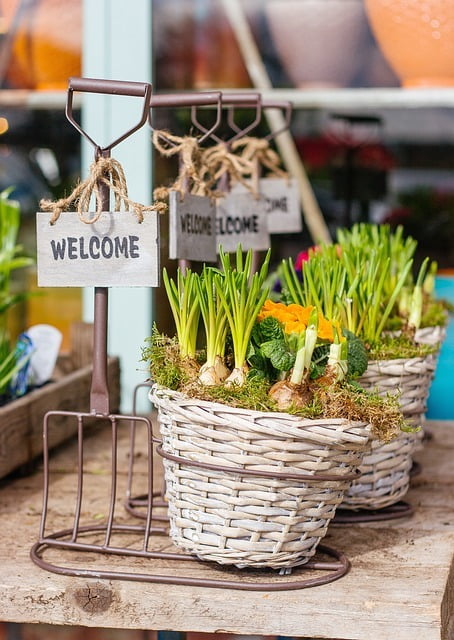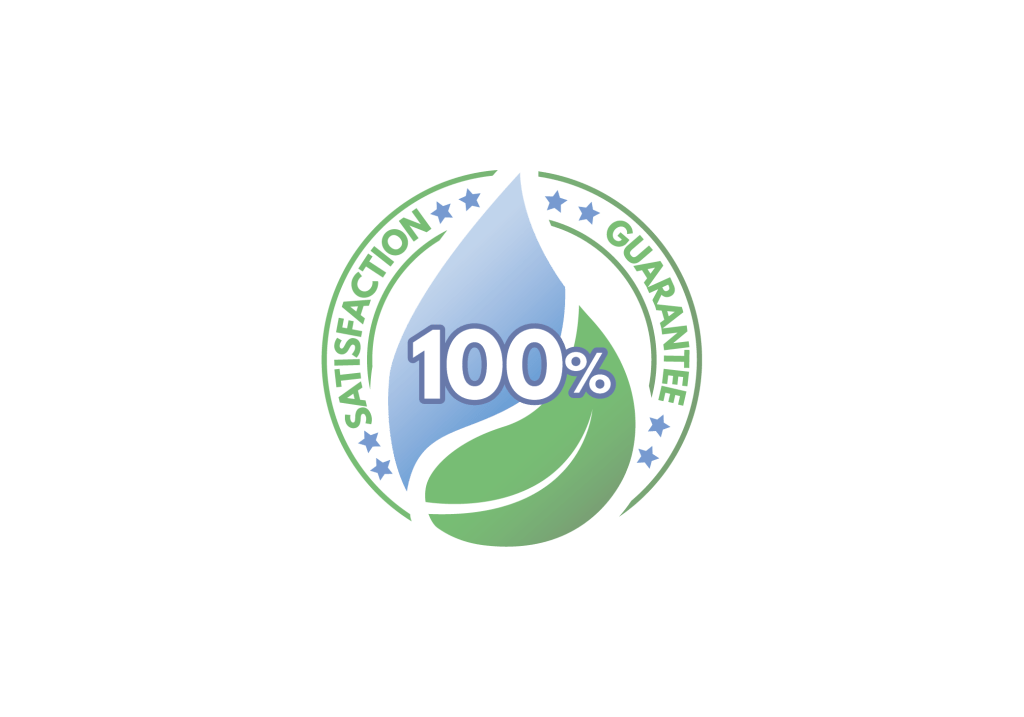When you buy a plant in the store, you want to look at the tag. Understanding how to read a plant tag is very important. Below are some of the things that will be on a plant tag and what they mean.
How to Read a Plant Tag
Common Name
That’s what it’s usually called. If you want a certain shape or color, more specifics are needed. That’s why you want to know how to read a plant tag.
Scientific Name
There are scientific names for every plant. The first part’s Latin and usually is italicized on its tag. It describes the plant’s group and the species. It also will include the cultivar. This is going to be in quote marks and will classify your plant, even more, when it comes to petal and leaf shape and color.
Mature Height & Spread
This is the plant’s maximum width and height it will likely reach when it’s completely grown.
Hardiness Zones
The hardiness zone numbers tell you the region the plant will grow best in. These zones are based on the temperatures. It’s still possible to grow plants that aren’t in your zone. However, they’ll have to be grown as annuals.
Sun Exposure
You are going to see this particular information on the tag as a sun icon or written out. When the tag says it needs to have full sun, the minimum number of hours is 6. This means that it needs direct sunlight each day for at least 6 hours. Partial shade/sun means it will need around 3 hours. If the tag says it’s a plant that needs to be in full shade, you want the plant to get under 3 hours.
Water Needs & Animal Resistance
If your tag isn’t saying when the plant needs to be watered, search for how many raindrops are on it.
- 1 – allow the soil to completely dry out
- 2 – the soil should be dry 1” beneath the surface
- 3 – keep soil constantly moist
If there’s an icon with a deer or rabbit crossed out, it indicates that they aren’t going to eat your plant.
When you are looking for plants at the store, one of the best things that you can do is know how to read the plant tag and understand it. We hope that this blog helped you out!
Interested in our services? Contact us here or on Facebook for more information.


